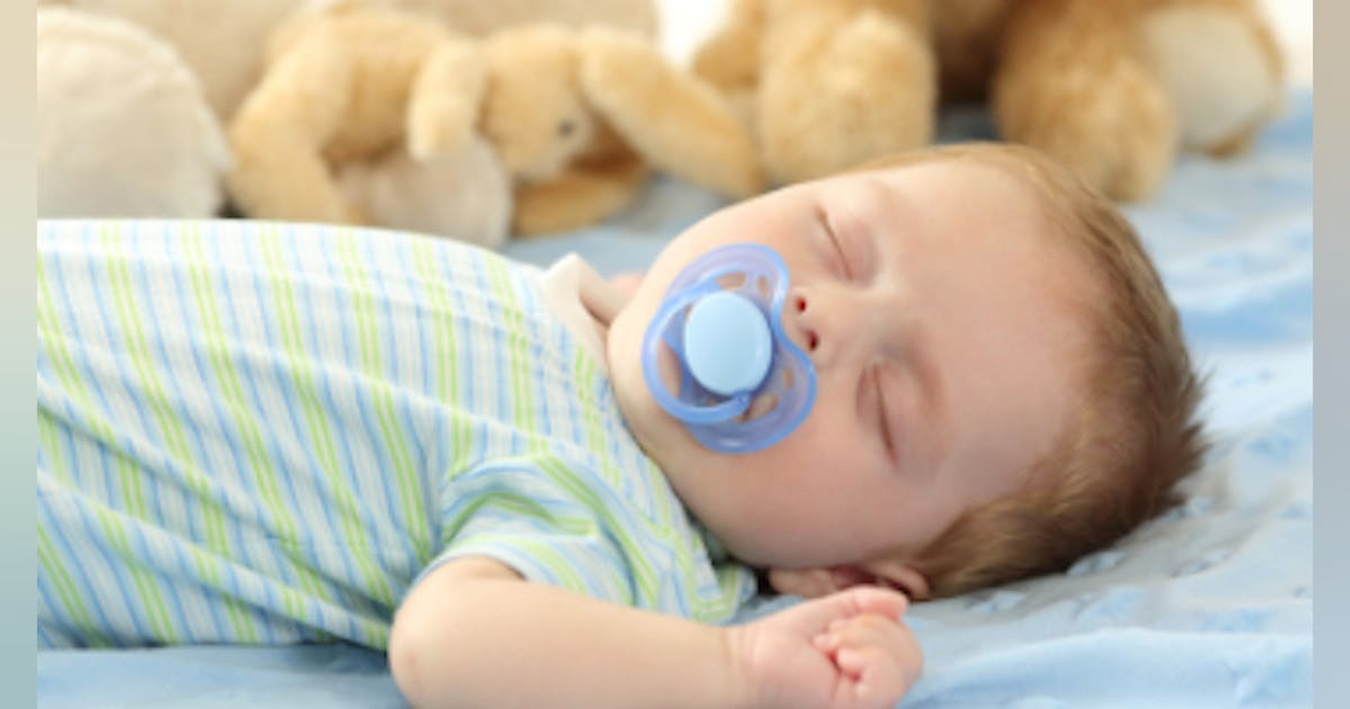When caring for a child in balanced suspension skeletal traction using a Thomas splint and Pearson attachment to the right femur, which intervention is most important for the nurse to implement?
Monitor peripheral pulses and sensation in the right leg
Cleanse pin sites as prescribed
Check skin for redness and signs of tissue breakdown
Reposition the child every 2 hours
The Correct Answer is A
Choice A rationale
When caring for a child in balanced suspension skeletal traction using a Thomas splint and Pearson attachment to the right femur, the most important intervention for the nurse to implement is monitoring peripheral pulses and sensation in the right leg. This is crucial because the traction places tension on the bones, which can result in nerve or vascular damage. Changes in peripheral pulses and sensation can indicate potential complications, such as compromised blood flow or nerve compression, which need immediate attention to prevent further damage.
Choice B rationale
While cleansing pin sites as prescribed is important for infection prevention, it is not the most critical intervention in the context of assessing vascular and neurologic status.
Choice C rationale
Assessing skin for redness and signs of tissue breakdown is important for skin care and preventing pressure ulcers, but it is secondary to monitoring peripheral pulses and sensations when the child is in traction.
Choice D rationale
Changing position every 2 hours is a standard nursing practice to prevent pressure ulcers and provide comfort, but it does not take precedence over monitoring circulation and sensation in the affected limb.
Nursing Test Bank
Naxlex Comprehensive Predictor Exams
Related Questions
Correct Answer is B
Explanation
Choice A rationale
While physical therapy can be beneficial for many pediatric patients, it may not be the most appropriate intervention for a newborn who has had gastroschisis repair and is on parenteral nutrition and continuous enteral feedings. The focus at this stage should be on promoting normal growth and development, and physical therapy may not directly contribute to this goal.
Choice B rationale
Offering a pacifier for non-nutritive sucking can be an effective strategy to promote normal growth and development in infants who have had gastroschisis repair. Non-nutritive sucking can help stimulate the sucking reflex, which is important for feeding and growth. Therefore, the nurse should include this action in the plan of care.
Choice C rationale
Confirming the placement of the enteral tube with an abdominal x-ray is an important part of care for infants on continuous enteral feedings. However, this action is more related to ensuring the safety and effectiveness of the feeding process rather than promoting the infant’s normal growth and development.
Choice D rationale
Using sterile technique during feedings is a standard practice to prevent infection, especially in infants who are on parenteral nutrition and continuous enteral feedings. However, this action does not directly promote the infant’s normal growth and development.

Correct Answer is A
Explanation
Choice A rationale
In evaluating a preschool-aged child presenting with symptoms of flank pain, dysuria, and a low-grade fever for a possible urinary tract infection (UTI), the nurse should obtain additional information from the parent about the frequency of urination. Increased frequency of urination is a common symptom of UTI in children.
Choice B rationale
While dietary changes can affect the color and odor of urine, they are not typically associated with the symptoms of a UTI.
Choice C rationale
Unusual odors in the urine can be a sign of a UTI. However, this symptom alone is not definitive for a UTI and should be considered in conjunction with other symptoms and findings.
Choice D rationale
Changes in the color of the urine can be a sign of a UTI, as the urine may appear cloudy or have a pink or red color due to the presence of blood. However, this symptom alone is not definitive for a UTI and should be considered in conjunction with other symptoms and findings.
Whether you are a student looking to ace your exams or a practicing nurse seeking to enhance your expertise , our nursing education contents will empower you with the confidence and competence to make a difference in the lives of patients and become a respected leader in the healthcare field.
Visit Naxlex, invest in your future and unlock endless possibilities with our unparalleled nursing education contents today
Report Wrong Answer on the Current Question
Do you disagree with the answer? If yes, what is your expected answer? Explain.
Kindly be descriptive with the issue you are facing.
